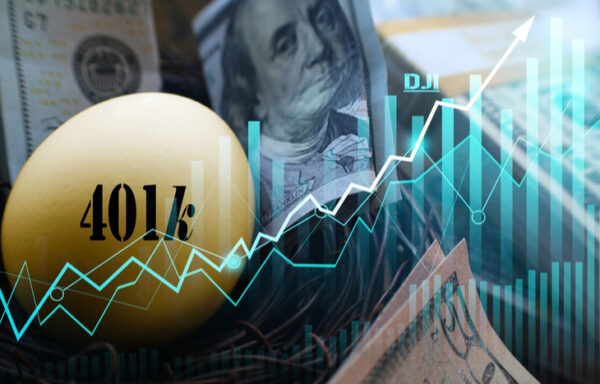Why March 2020 Was One for the Books
March was the wildest month in stock market history, and it wasn’t even a close competition.
Even compared with the most hair-raising months in stock market history, March 2020 sticks out like a sore thumb.
Today, I want to take one last look at what we investors just went through in March 2020.
Then, let’s tie a ribbon around this sucker and never speak of it again!
A Market Collapse Like No Other
March 2020 was not my first dance with a market meltdown.
I was an active investor through the tech bubble’s pop in 1999 and also through the housing and financial crises of 2008 and 2009. They weren’t fun, but they weren’t anything like March 2020.
What makes March 2020 different is the speed and whipsawed action of the move. This stock market drop was absurdly fast and volatile.
Here is the best perspective I can give you for the speed of the drop…
The chart below depicts all stock market declines of more than 20% that happened after all-time market highs. The data dates back to 1915.
 |
Historically, on average, it has taken 255 days for the market to go down 20% from a peak (a 20% drop is the definition of a bear market). In March, it took just 20 days – which is less than 8% the time of the historic norm.
You wouldn’t believe it unless you lived through it.
Even the 20% stock market crash of 1929, known as “The Great Crash,” took 36 days. This time around, we almost cut that in half.
A Surprising Amount of “Up”
Even though the market in March 2020 went down at record pace, the swings upward during the month were equally extreme.
One day, the market had a big drop. The next day, the market had a big gain… It went up big, and then it went down bigger.
It is really quite amazing that we went down as far as we did with how many massively positive days there were.
Pictures tell a thousand words, so I’ll show you how wild March 2020 was with another graph. This graph shows the Dow’s cumulative absolute percentage daily change over the month of March compared with history.
(“Cumulative absolute percentage daily change” refers to how much the market moved each trading day regardless of direction. So if the market went down 2% on day one and then went up 3% on day two, the cumulative percentage change would be 5%.)
 |
Wowzers! There is nothing in stock market history that even comes close.
Adding the 22 trading days of March 2020 results in a cumulative percentage change of 117%. That is an average daily change of 5.3%!
The next wildest month in history was October 2008, which had an average daily change of 3.8%.
I lived through October 2008 inside of a financial institution, and let me tell you, I did not expect the market would ever exceed that wild ride.
But we did, so congratulations are in order… I guess?
Where Do We Go From Here?
As an investor, I believe it is important to not convince yourself that you know something that is impossible to know.
Don’t convince yourself that you can predict the unpredictable. Leave that for the talking heads on the financial networks who are willing to do it by the hour.
I’m not going to tell you that the stock market has now bottomed and that we’ll go straight up from here. It may very well have, but nobody can know that for sure.
What I will tell you is that historical data shows us that a repeat of the wildness of March 2020 is incredibly unlikely for years to come. There may be another month like it at some point, but it might not be for 50 years.
What we experienced in March was the sudden realization of how severe this pandemic is and the brutal impact it will have on the economy in the short term. It is the suddenness that created the wild ride.
What I will also tell you is that the long-term direction of the stock market is the same as it always has been, and that direction is up.
The reality is that making money in the stock market is incredibly easy. All you need to do is build a diversified portfolio over time and then hold that portfolio for the long term.
The key is not to get shaken out of your long-term objectives during the months that the market gets scary. The best way to do that is to stop watching what the market is doing so closely.
Prepare yourself for the fact that the next few weeks and months are going to be tough with respect to both the pandemic and the economy. I don’t think it is realistic to think that the stock market is going to rebound until we work through more of that.
The market could very well go lower, but don’t worry. Eventually, that long upward stock market trend will resume. We have more than a century of data to show that it always does, no matter what difficulties get thrown at it.






